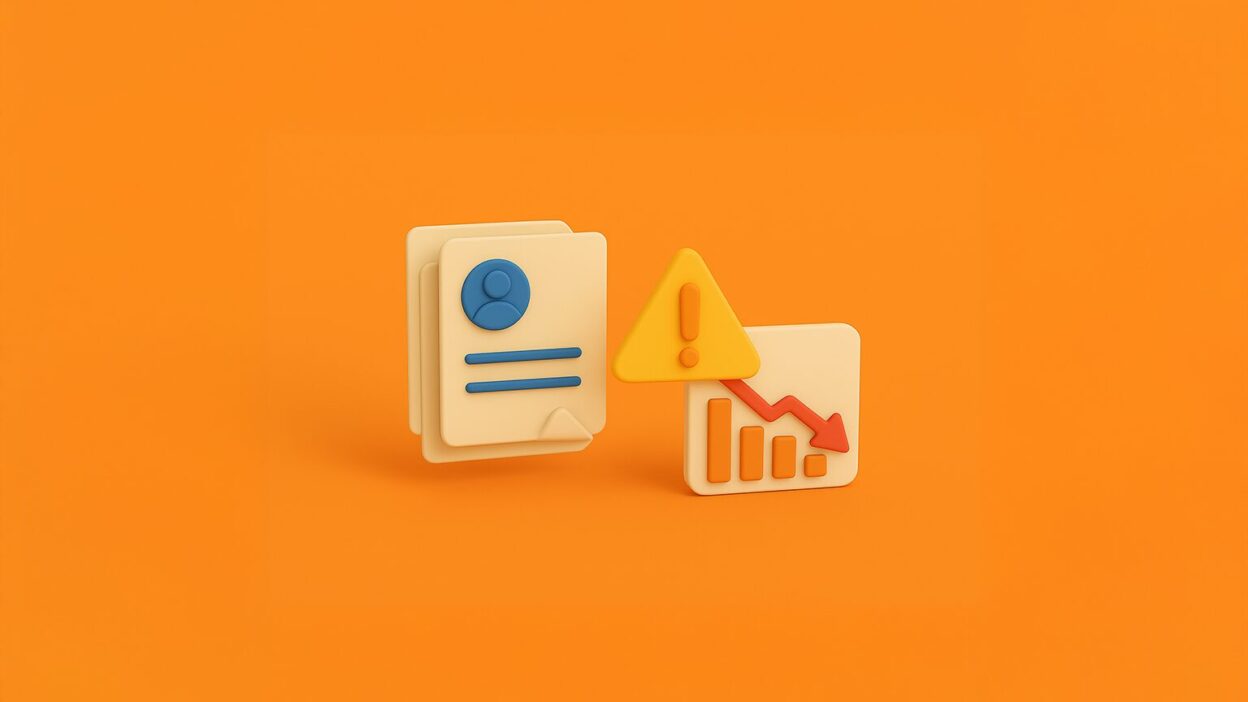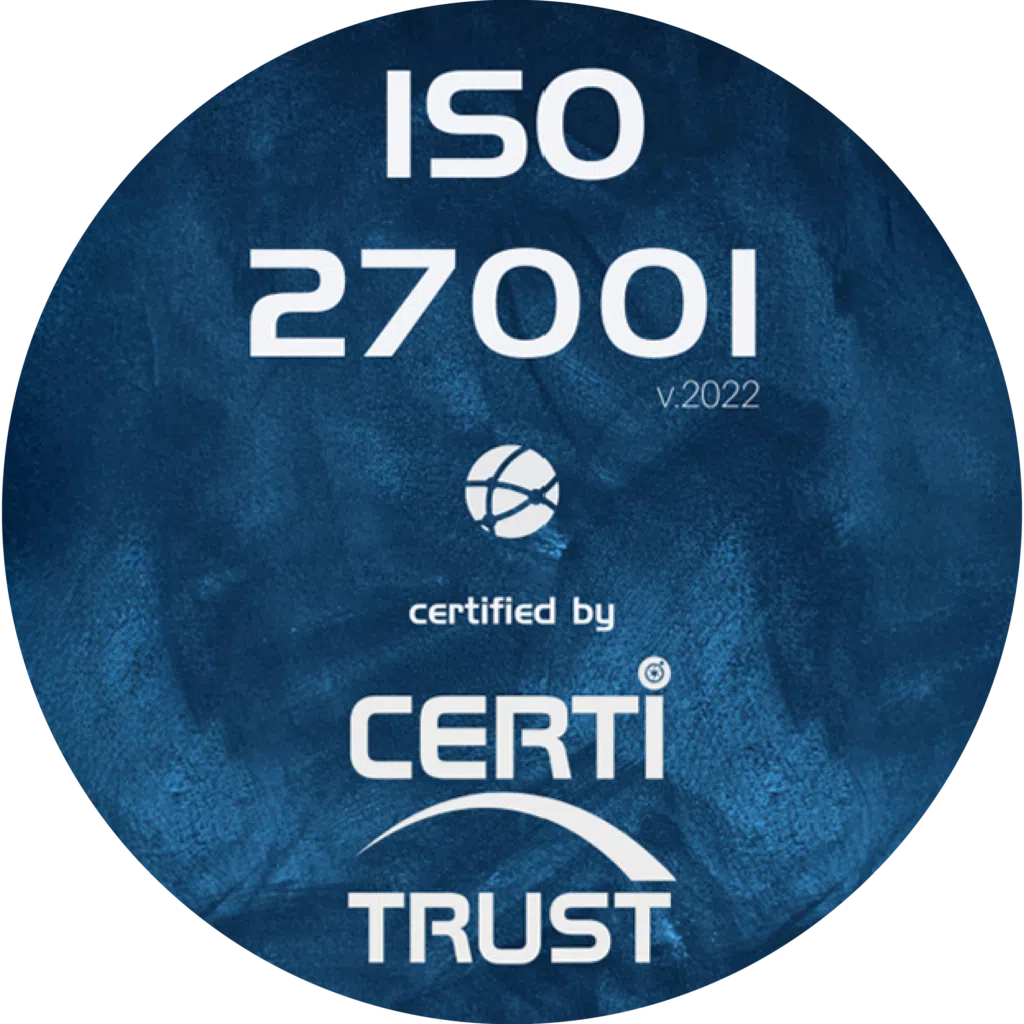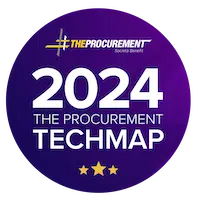Whether you’re a traditional SME or a large company with a purchasing department, the risks inherent in purchasing management are obvious. Its sensitive organization relies on essential stakeholders with whom it must come to terms in order to carry out its business: suppliers, supply chain, assets, external partners. That’s why, before you run into litigation or other scenarios that could affect your financial security, you need to pay attention to the signs that can help you identify emerging risks.
Following on from our initial thoughts on the analysis of purchasing risks in business, in this article we present you with eight warning signs for the proper management of your purchasing process. The aim of identifying these threats is to provide you with qualitative objectives for improving your purchasing performance.
Time-consuming invoice-order reconciliation
Unidentified internal needs, lack of validation, price variations, quantity discrepancies, additional or missing items… Reconciling invoices and purchase orders can be complex and time-consuming for your company’s financial departments. Not to mention the risks involved.
In fact, reducing reconciliation time to the point of automation is a major challenge for your company, as the benefits are immediate: productivity, controlled provisions, optimized risk management.
That’s why you need to promote transparency within your organization, and take steps to dematerialize supplier invoices to help you speed up the transmission of information, and therefore the processing time for reconciliation.
The absence of a validation system
The validation stage is essential to the purchasing process. Whether it’s a request for materials or a request for services, it must be submitted to a validation chain which is part of the procedure.
It is accepted to grant a budget below which teams can refrain from approving it, thus giving them a sense of responsibility. Validation is still necessary, however, to avoid unnecessary purchases, to warn of the presence of stock, or to encourage the pooling of purchases (mutualized purchasing) to achieve economies of scale.
The approver(s) is (are) generally a manager, responsible for checking and approving requirements on the basis of predefined criteria specific to each company (stock, value, budget, nature of the requirement, etc.).


Many shipping costs paid
Over the years, suppliers have begun to offer carriage-paid formulas, i.e. exemption from carriage charges. This is an incentive to increase order volume and justify delivery. There’s nothing worse for a delivery vehicle than to set off empty (a financial and ecological disaster)!
If, on the other hand, shipping costs account for a significant proportion of your purchases, it’s time to start asking questions. Are your employees familiar with your suppliers’ delivery conditions? Are there more competitive suppliers? Do you need to review your inventory policy?
Lack of knowledge of the number of purchases per month
In any business, it’s important to know how many purchases or orders have been made, and how much has been spent each month. This uncertainty can conceal internal risks inherited from years of bad habits.
Generally speaking, this is an indicator for steering the purchasing function. Knowledge of these indicators helps to control the purchasing process and, ultimately, to anticipate the emergence of risks.
Ignorance of them, on the other hand, is synonymous with a lack of clarity in your management. Which means you’re probably missing out on opportunities for your company.
The absence of a supplier contract
The absence of a contract or agreement with your suppliers represents a risk for your business. If you’re used to working with a supplier, you can negotiate better prices and better conditions. Why not? The contract perfects your risk management because it enables you to make savings, secure an external item or service essential to your production chain, and accelerate the operability of your staff. What’s more, it’s a sign of quality with your external commitments.
Conversely, an imprecise contractual relationship can encourage the development of risks in the relationship with a supplier. Some negligence could be fatal to a company’s stability! Pay attention to clauses that are not clearly expressed…
No competitive bidding
If you don’t put your suppliers in competition with each other for your purchases, you should be alerted to sub-optimal risk management. Indeed, comparing the prices and services of the companies that make up your procurement process is part of good purchasing practice.
Asking for several quotes from different suppliers for your purchases enables you to take advantage of strategic opportunities for your business. Negotiating arguments, spontaneous promotions, new product or service offers, supplier panel updates…
Are you sure of the way you buy? Carry out a quick spontaneous audit: select a purchasing file at random and check it for several supplier quotes. If there aren’t any, do a quick search on the product in question and measure the discrepancies. Observe the variations and judge the new opportunities!
Supplier payment terms
Paying your suppliers on time and guaranteeing your external commitments is one of the major indicators that should be monitored at least monthly on your dashboards. On the one hand, it’s a question of complying with regulations, and on the other, it’s one of the factors likely to alert you to internal malfunctions.
In fact, late payment may be the result of poor provisioning. This means you don’t have a clear view of your external commitments. Purchasing performance is directly linked to the soundness of your organization’s information. And this indicator is one of the strategic objectives you need to monitor when assessing your company’s risks.
It can be problematic, depending on your suppliers’ level of dependency, and can represent significant economic risks. It is often a priority for purchasing departments, who play an essential role in ensuring the environmental integrity of their stakeholders.
One monthly invoice for a multitude of orders
At first glance, this may seem like an advantage. In reality, it’s only an advantage for your supplier, who cuts costs. For you, on the other hand, an invoice that groups together several orders may conceal certain problems.
The entire ordering process costs an average of 100 euros. Repeating purchases from the same supplier over a short period of time is a type of risk your company can do without.
Anticipating and grouping your purchases is one of the best practices for optimizing their management, with the following benefits: streamlining your supply chain, economies of scale and reduced financial risks. Fewer orders mean lower shipping costs, cost control and, ultimately, faster administrative processing of your purchasing process.
In conclusion, here are some warning signs to help you identify and analyze risks in your purchasing process. To improve your purchasing process and your purchasing performance, promote transparency in your operations and equip yourself with tools to enhance the cooperation of your staff. Whether you have a purchasing function or not, there are solutions to perfect your purchasing process.
Want to learn more about our Weproc procurement management software?
Contact us or request your 15-minute demo below!









